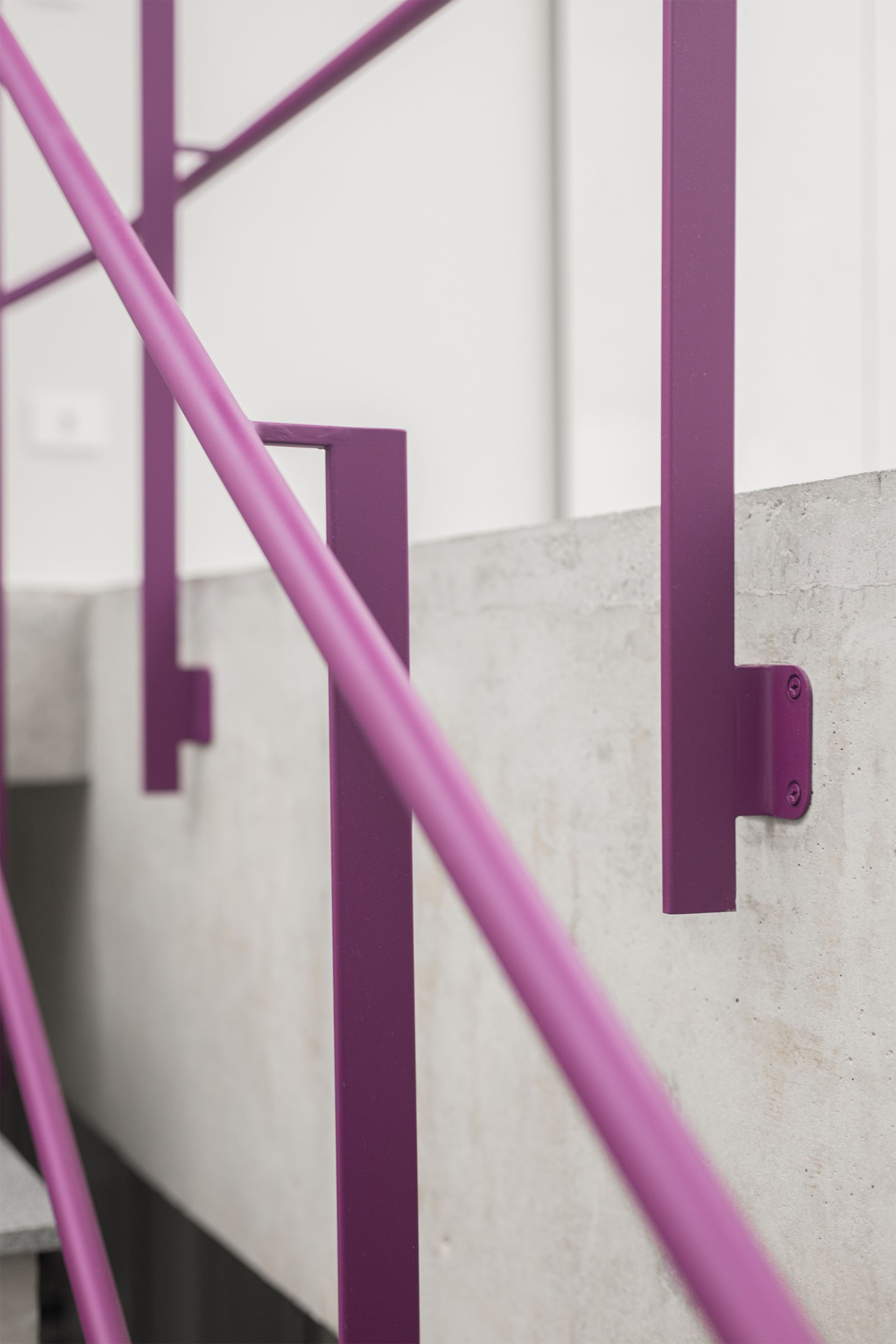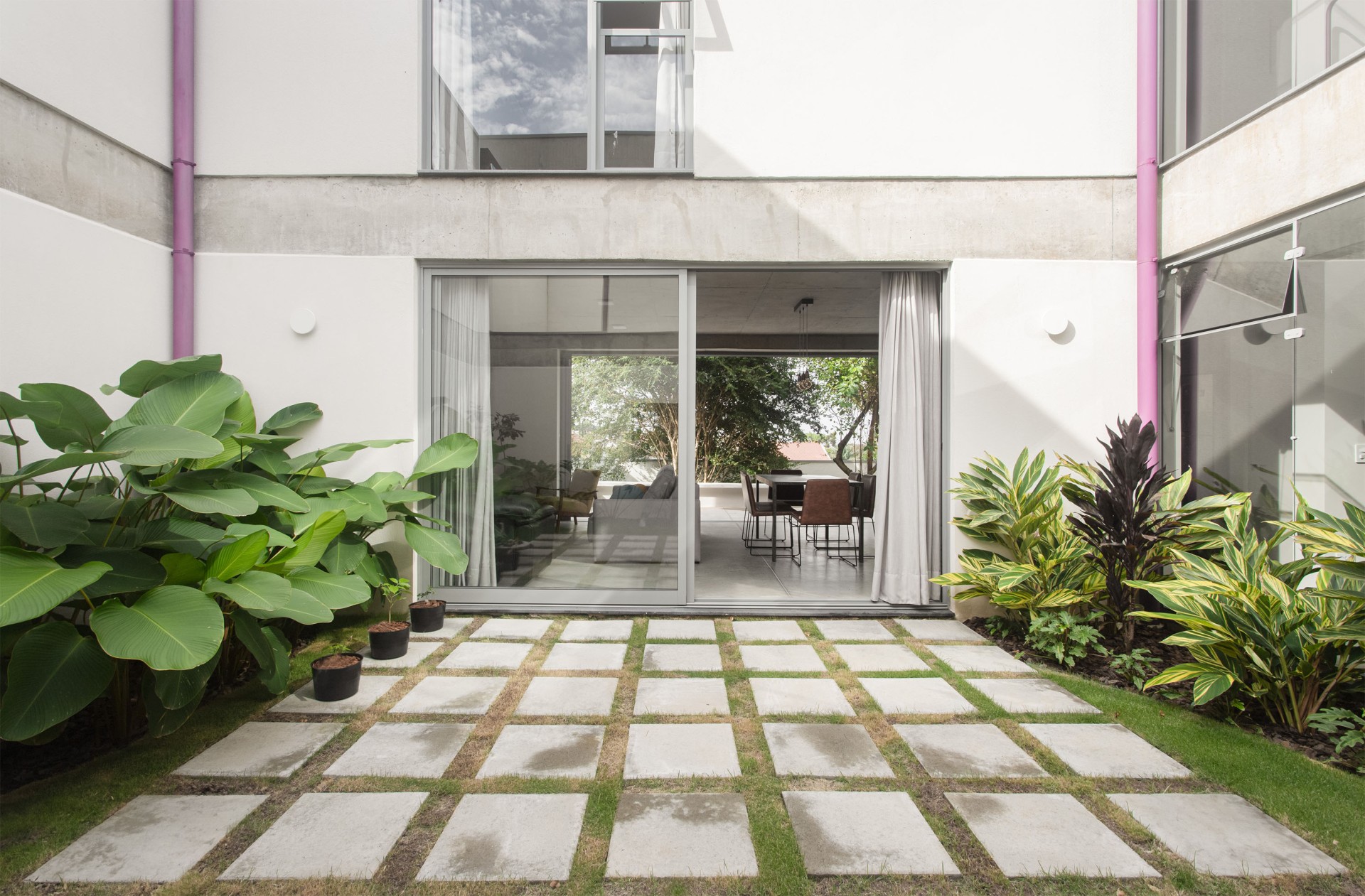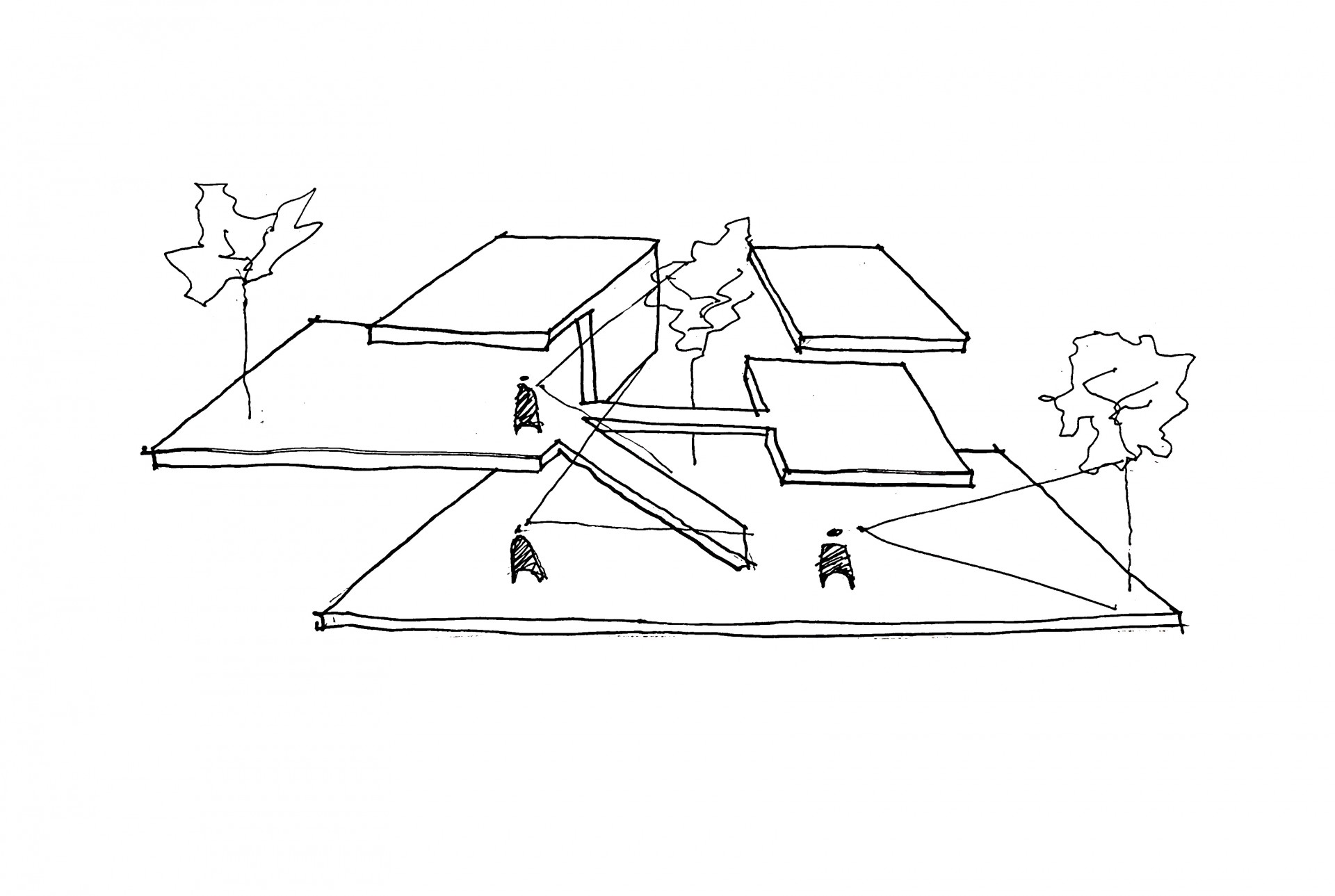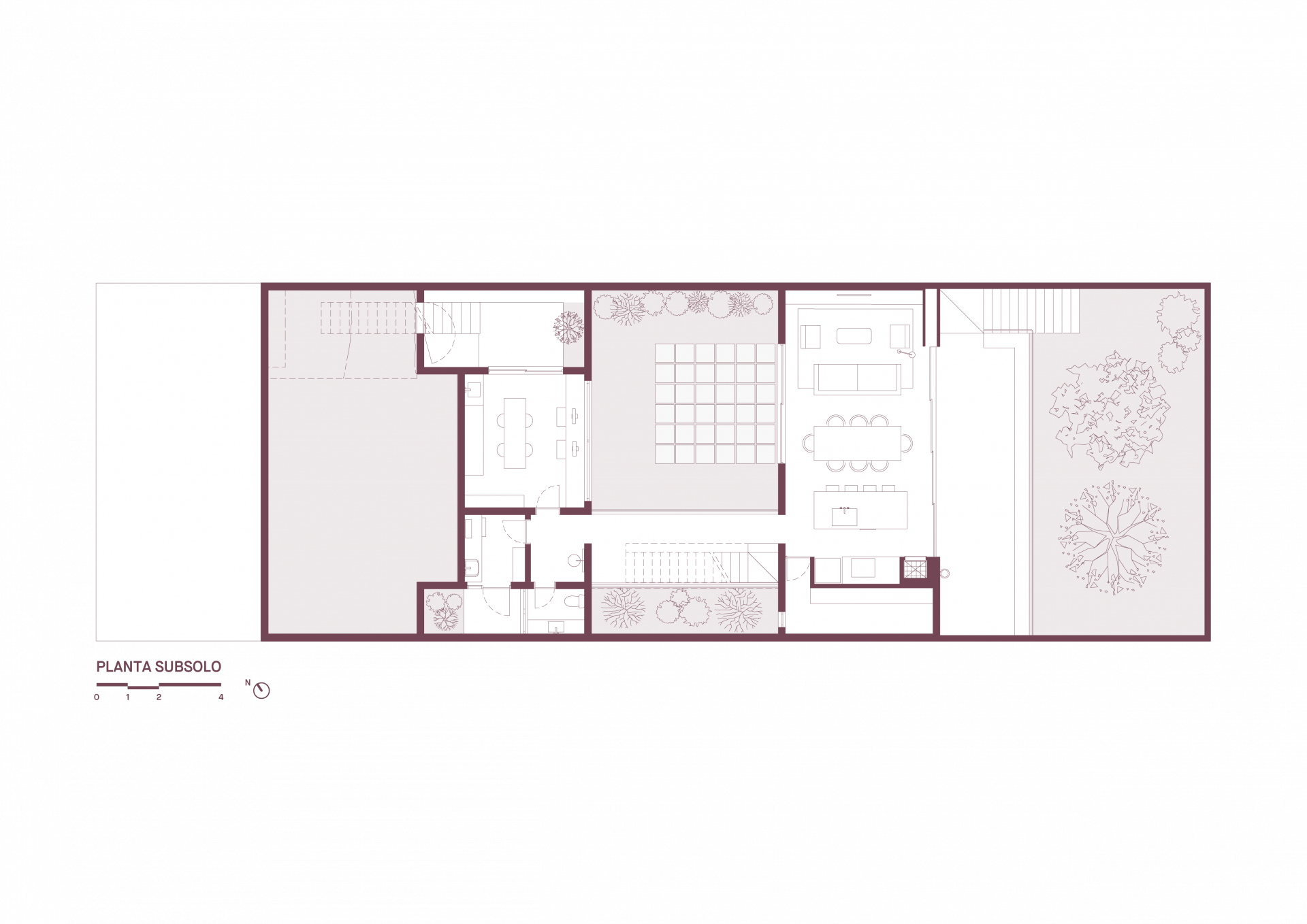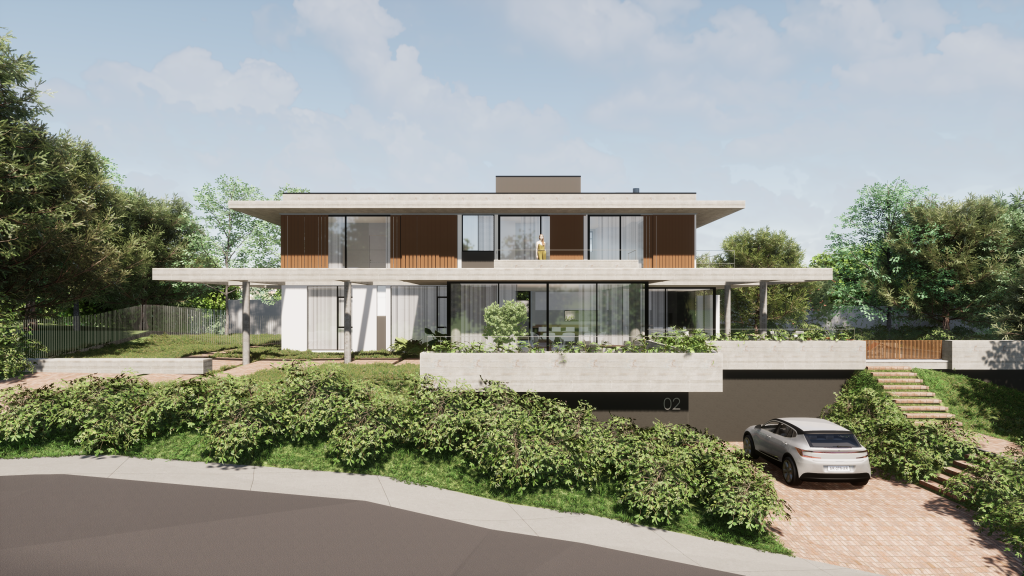-
Project
João e Maria House -
Local
Curitiba -PR -
Area
228m² -
Year
2023
-
Construction Company
Asa Engenharia
-
Structure
MD Estruturas
-
Hydraulic and Electric
Eduardo Ribeiro
-
Thermal and Light Comfort Analysis
Arquitat
-
Photographer
Mahani Siqueira
Description
Space and time, in the physical conception, are interdependent and inseparable forces. In architecture, this relationship is also symbiotic, as one cannot speak of architectural space without considering the various ways of perceiving and dealing with time. The design of Casa João e Maria starts from this premise, as the place of the residence, designed for a couple, is the same one where the owner was born and spent childhood with her parents, João and Maria. Therefore, the project sought to blend past and present, viewing time not as linear, but as a tangle of memories, moments and points of perception. This non-linearity is reflected in the space, appropriating the idea of multiple pathways by placing the circulation core in the center of the site, amidst the main courtyard of the house.
Due to challenges such as steep topography and the need to preserve part of the original vegetation, the program is fragmented across different levels: on the ground floor, the garage, entrance and private areas are located. On the lower floor, there is a studio with independent access from the outside, as well as social and service areas. At the rear of the site, another staircase provides access to a garden with the original courtyard trees and technical areas. The house's volumetrics start from a large semi-buried block, from which patios emerge to establish visual relationships between spaces, ensuring sunlight and ventilation, as there’s no distance from the site’s boundaries. Consequently, although spaces are connected through these courtyard voids, they have independent accesses, creating diverse flow dynamics. Additionally, openings were designed as frames between different planes, framing movements within the house. The white volume is intersected by exposed beams and slabs, formally dividing the project's levels. The neutrality of the materials used is disrupted by color, employed in metalwork as a striking element of the design.
From the street view, the residence appears to be single-story; from the rear, it reveals itself as a two-story house; it closes off to the sides but opens inwardly to itself. Just as with the space-time relationship, the project aimed to intersect the internal and external, the solid and void, the inside and outside.















